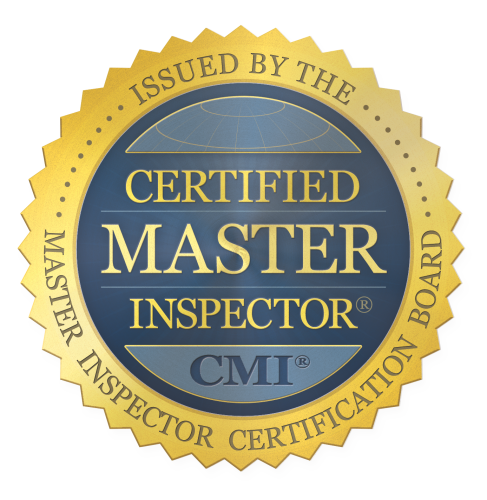Home Inspection
Buyer Red Flags - At the First Look-See
You probably aren't a professional home inspector. But realty agents, buyers and investors should always be critically looking at houses before any final decisions are made and an offer extended. They have to. Can I suggest that during these "inspections" you employ some common sense?
Here are some things realtors and buyers can do before they hire a home inspector to look at the home someone wants to buy. They are not listed in any particular order, but any or all could be important during your house search. I am going to list many Red Flags that could indicate house distress.
What is a Red Flag? It is any visual sign or indication of a defect in structure or property. Certain visual signs may or may not indicate a problem. If observed in multiple numbers, especially in the same approximate locations, many indicators can point to a Red Flag condition. A rule of thumb - the newer the property, the redder the flag!
These Red Flags won't be listed in any particular order, but any or all could be important during the house search. Some defects may be small but many of them add up. Others could be expensive to repair. The first few are as follows:
- Brown stains on ceilings and walls. You would think that a seller would repair, prime and paint such things, but many don't. A brown stain is mostly indicative of leaks. When? Don't be afraid to ask the history of such things. If the seller says they don't know, that is a Red Flag!
- Brown stains on foundation walls. The same applies here as was said above. On a foundation wall, such stains indicate ongoing moisture.
- Warped hardwood floors - especially near exterior doors. This also indicates water. Warping is not repairable. The flooring must be replaced, AFTER the problem is solved.
- A moldy smell. Your nose is your best mold detector. Employ it! Mold is not the original problem - it is a symptom of moisture. Look around, see if you can tell where the wet is coming from.
- Poor grading. Water is THE killer of houses, inside and out. Houses don't make very effective boats. Exterior water should not be encouraged to surround the foundation. Look for grading, downspouts or landscaping that encourages water away from the house, especially if the front or back yards slope toward the house.
- Chipping paint around windows. Sound small? It might not be, especially if it is happening on lots of windows. Water is getting into the wood. Why? Poor product or installation? Amateur work? How far has the water gone? Has it progressed into the house structure? Amateur work here could mean amateur work there...
My recommendation: make a list. Ask questions of the seller, if possible. Be proactive. Call somebody. Many realtors call me from houses when they have questions, on the spot! I encourage that and cheerfully provide answers if I can. (A Scout is cheerful, so the Scoutmaster BETTER be...) My realtor and investor clients use me as their consultant in their pockets. Feel free to call too!
